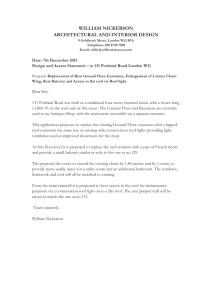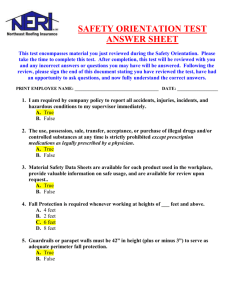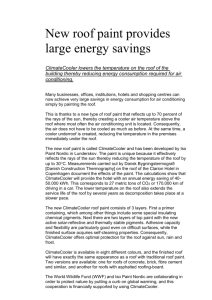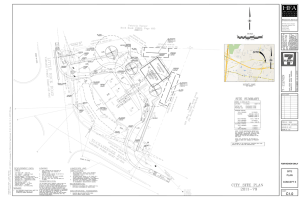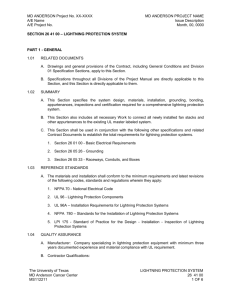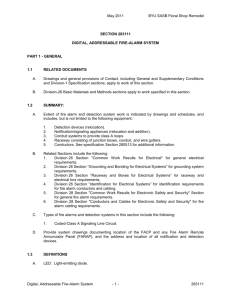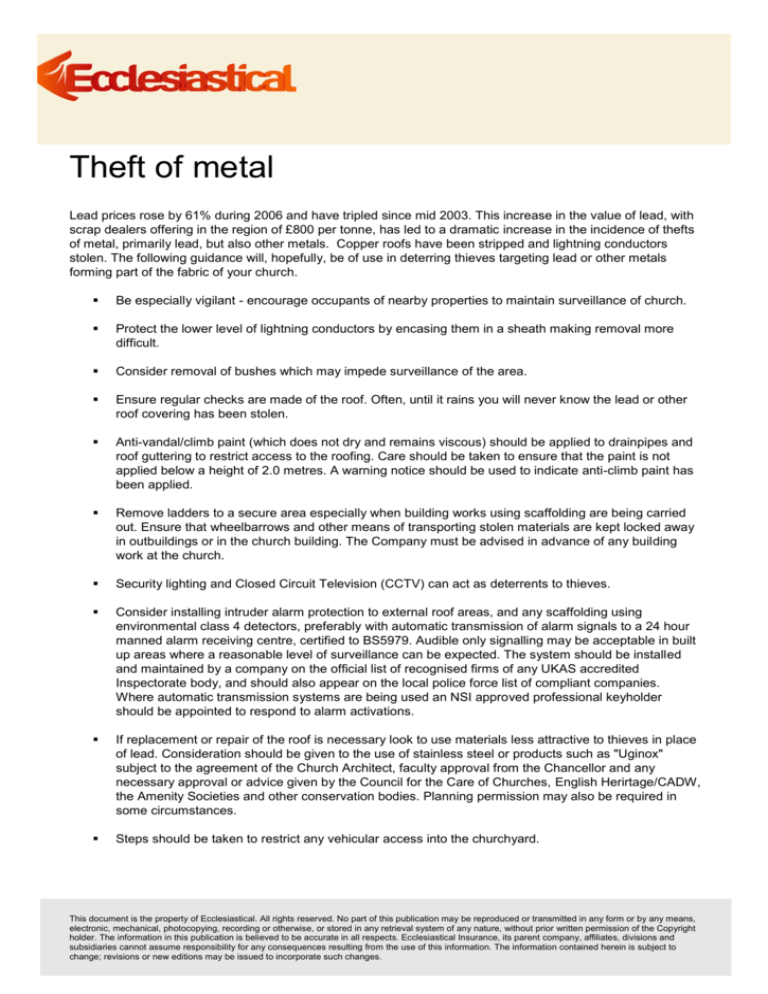
Theft of metal
Lead prices rose by 61% during 2006 and have tripled since mid 2003. This increase in the value of lead, with
scrap dealers offering in the region of £800 per tonne, has led to a dramatic increase in the incidence of thefts
of metal, primarily lead, but also other metals. Copper roofs have been stripped and lightning conductors
stolen. The following guidance will, hopefully, be of use in deterring thieves targeting lead or other metals
forming part of the fabric of your church.
Be especially vigilant - encourage occupants of nearby properties to maintain surveillance of church.
Protect the lower level of lightning conductors by encasing them in a sheath making removal more
difficult.
Consider removal of bushes which may impede surveillance of the area.
Ensure regular checks are made of the roof. Often, until it rains you will never know the lead or other
roof covering has been stolen.
Anti-vandal/climb paint (which does not dry and remains viscous) should be applied to drainpipes and
roof guttering to restrict access to the roofing. Care should be taken to ensure that the paint is not
applied below a height of 2.0 metres. A warning notice should be used to indicate anti-climb paint has
been applied.
Remove ladders to a secure area especially when building works using scaffolding are being carried
out. Ensure that wheelbarrows and other means of transporting stolen materials are kept locked away
in outbuildings or in the church building. The Company must be advised in advance of any building
work at the church.
Security lighting and Closed Circuit Television (CCTV) can act as deterrents to thieves.
Consider installing intruder alarm protection to external roof areas, and any scaffolding using
environmental class 4 detectors, preferably with automatic transmission of alarm signals to a 24 hour
manned alarm receiving centre, certified to BS5979. Audible only signalling may be acceptable in built
up areas where a reasonable level of surveillance can be expected. The system should be installed
and maintained by a company on the official list of recognised firms of any UKAS accredited
Inspectorate body, and should also appear on the local police force list of compliant companies.
Where automatic transmission systems are being used an NSI approved professional keyholder
should be appointed to respond to alarm activations.
If replacement or repair of the roof is necessary look to use materials less attractive to thieves in place
of lead. Consideration should be given to the use of stainless steel or products such as "Uginox"
subject to the agreement of the Church Architect, faculty approval from the Chancellor and any
necessary approval or advice given by the Council for the Care of Churches, English Herirtage/CADW,
the Amenity Societies and other conservation bodies. Planning permission may also be required in
some circumstances.
Steps should be taken to restrict any vehicular access into the churchyard.
This document is the property of Ecclesiastical. All rights reserved. No part of this publication may be reproduced or transmitted in any form or by any means,
electronic, mechanical, photocopying, recording or otherwise, or stored in any retrieval system of any nature, without prior written permission of the Copyright
holder. The information in this publication is believed to be accurate in all respects. Ecclesiastical Insurance, its parent company, affiliates, divisions and
subsidiaries cannot assume responsibility for any consequences resulting from the use of this information. The information contained herein is subject to
change; revisions or new editions may be issued to incorporate such changes.




